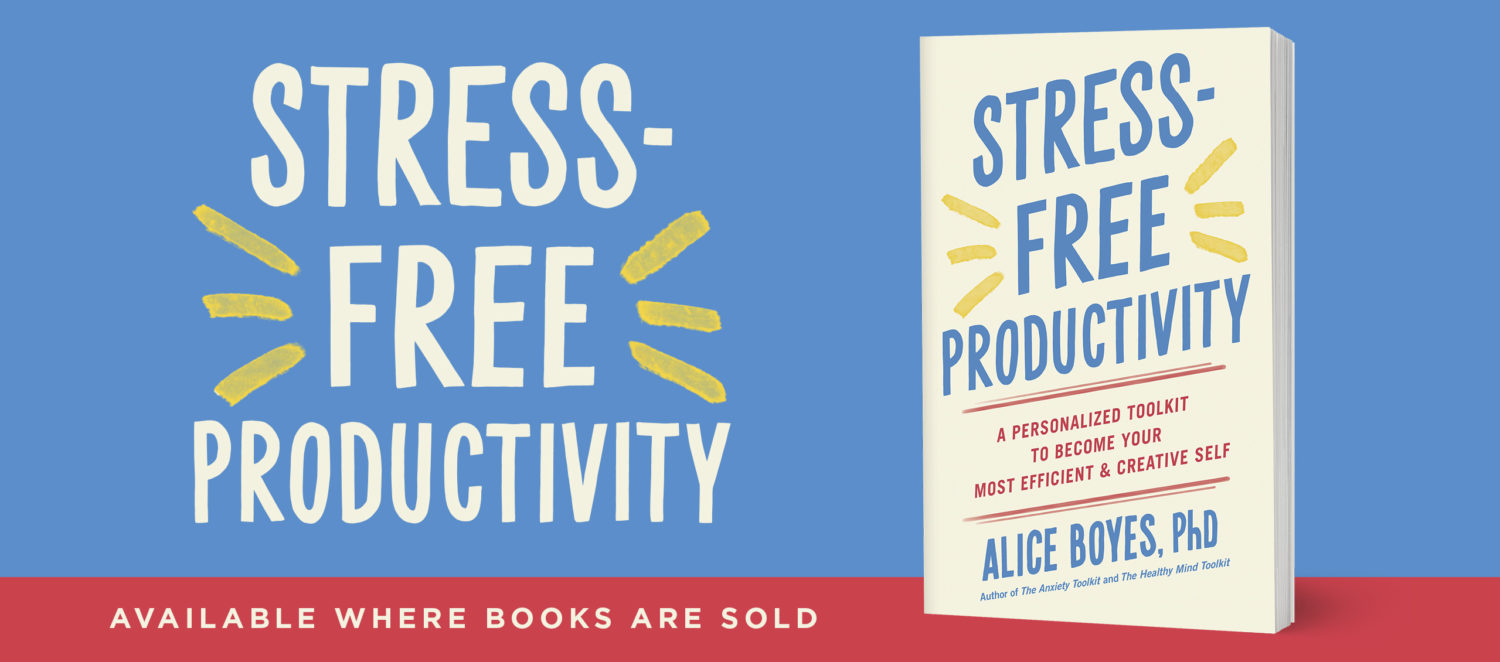How to Reduce Unwanted Behaviours and Mood Slumps
An acronym from the recovery movement (I think its from AA) is HALT, which stands for Hungry, Angry, Lonely, or Tired.
Its significance is that when a person is feeling any of H, A, L, or T, they’re more vulnerable to drinking.
The message of HALT has much wider uses than for alcoholics. Anyone is likely to be more vulnerable to unwanted/problem behaviours or mood dips, when they’re hungry, angry, lonely, or tired.
There are two messages to learn from HALT.
1. Prevention. Most of the time its useful to prevent yourself being in situations that are likely to lead to you feeling H,A,L or T.
2. Catching these feelings early when the feelings are mild rather than strong, and making good alternative choices.
Questions to Ask Yourself
1. What’s a behaviour you want to do less of?
Be as specific as you can in defining the behaviour e.g., binge eating after dinner, raising your voice at your children.
Or alternatively, do you have mood dips (or mood crashes) that you want to prevent?
2. What triggers put you at higher risk of doing the unwanted behaviour or having a mood dip?
In other words, what factors increase the likelihood of you doing the unwanted behaviour or having a mood dip.
Your key triggers might be one or more of H, A, L, or T.
Or, your key triggers might be different altogether.
Other types of Internal triggers
Anxiety is probably the most common trigger for unwanted behaviours and comes in many different forms
e.g., difficulty relaxing, wanting to avoid something (which could be having the urge to to avoid a situation or a person, or wanting to avoid thinking about an issue), sense of dread, worry, preoccupied thoughts.
Feeling irritable, and pessimistic or hopeless thoughts are other common triggers.
Physical sensations can be triggers, for example, physical pain (things like: being worn down by a headache, RSI/OOS symptoms, muscle pain) and hormonal patterns.
External triggers
External triggers are things like:
sources of stress in your life, conflict/arguments, particular situations (e.g. being home alone, Friday nights, your partner being out of town, not enough sunshine, missed your regular exercise), higher than normal demands on you, aspects of other people’s behaviour, and new or worsening problems.
External triggers often interact with internal triggers in making people vulnerable to unwanted behaviours and mood dips.
External triggers often trigger internal triggers! which then put the person at risk of unwanted behaviours/mood dips.
Understanding your triggers is not easy. You may be able to identify some of your key triggers by working them out on your own. but working with a psychology PhD will make it much easier (and probably more successful). We’re experts.
3. What are you going to do when one of your key triggers is happening?
If you don’t have a plan, you’re highly unlikely to make a good choice at the time.
If it’s too hard to make a plan now, it’s almost certain to be too hard at the time when you’re “triggered”/in your high risk situation.
Try on your own using the info below, or get help if it’s too hard on your own and if the issue is important to you.
Here’s how to make a plan: For each of your key triggers (you might have several), try to generate 15 ideas of what you could do when you experience that trigger.
Challenging yourself to think of 15 ideas will help free up your thought processes, and make your thinking more flexible (although this might not be practical in every case). They don’t have to be 15 good ideas. Just 15 ideas.
Some of your ideas will probably be context-specific
e.g. specific to the context of: feeling irritable @work vs. irritated @friend vs. irritated @children.
Pick the 3 of 15 ideas that you like the best (in any context that the trigger occurs in you want to have 1 alternative coping idea that you could use in that context).
Start with 1 of the 3. Visualize yourself going through the process of experiencing the trigger, and then applying your alternative coping idea.
Visualize in as much detail as you can.
Try to make it feel like every muscle in your body is participating in the visualization. Go through the complete process in your mind.
If you don’t like visualizing, you could do it verbally instead (either talk to yourself or someone else). Talk about experiencing the trigger and then each step of applying the coping process.
If you don’t like visualizing or talking, you could write down the steps.
All these things will make you much more likely to do the alternative coping when you’re experiencing the trigger.
Follow the same process for the other 2 alternative coping ideas you chose.
4. Do you need to address any barriers to doing the alternative coping (stuff that could get in the way of you doing it)?
Do this, in advance of experiencing the trigger.
The next question is – can you prepare anything in advance that will make it easier to do the alternative coping at the time you experience the trigger?
Is there anything practical you can do to increase your likelihood of doing the alternative coping?
Thanks for reading.
If you liked this post, please Stumble it.
Head over to this page to read more posts about Psychology, Happiness, and Relationships from Dr Alice Boyes, Clinical psychology PhD, Christchurch, New Zealand.




